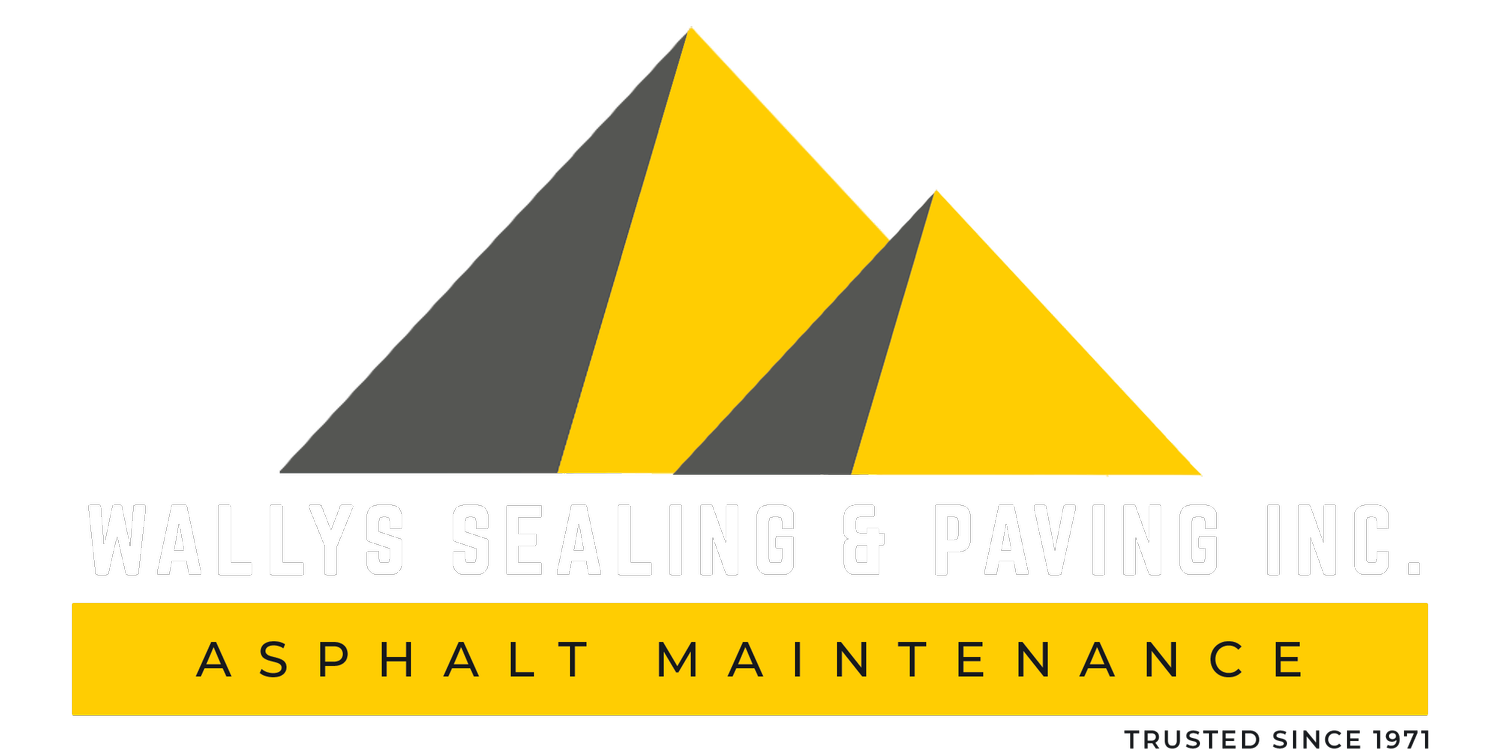COMMERCIAL PAVING
COMMERCIAL PAVING
Whether it be an apron leading into your parking lot or a gigantic rip out and repave section of pavement, Wally’s Sealing & Paving Inc. is equipped to meet your commercial repave and repair needs.
OUR PROCESS
Our estimating team will first come to the site that is needing asphalt repave or repair to properly and honestly assess the condition and needs of the asset. Our quote will note the degree of repave or repair needed to satisfy your vision, to bring safety to your asphalts surface, and to extend the life of your asset to the fullest.
We will be there to accomplish every part of the process, from beginning to end. If there is any digging or excavation needed, we will take care of gathering the locates before beginning the work.
On the day of the job, we will rip up and remove all old asphalt or topsoil that is in location of the area needing new asphalt. We will then properly prepare the base. If base is non-existent, we will dig down 8-12” and prep the base with a minimum of 6 inches of heavily tamped crushed granular based gravel. The base will be filled in to reach the required elevation level, and compaction will flatten and highly densify the soil beneath which will make for a stable base underneath your newly laid asphalt. When the base is prepped to the right level and compaction; we will then repave the area with 2 – 4” (whatever thickness is required) of compressed hot HL3 asphalt. We will compress two separate layers of asphalt if surrounding thickness of pavement or site requires it.
When the job is complete, for any large paving jobs we recommend a 14-day curing time at the minimum. If necessary; you can walk on it after 24 hours, you can drive on it after 72 hours, and you can park on it after 14 days. In these early stages of curing, we recommended no turning car tires – always drive straight on the asphalt (for 6 months). In the summer, if possible, wait at least a month before parking on the asphalt. The added heat keeps the asphalt more pliable and the risk for early surface damage is higher.



























